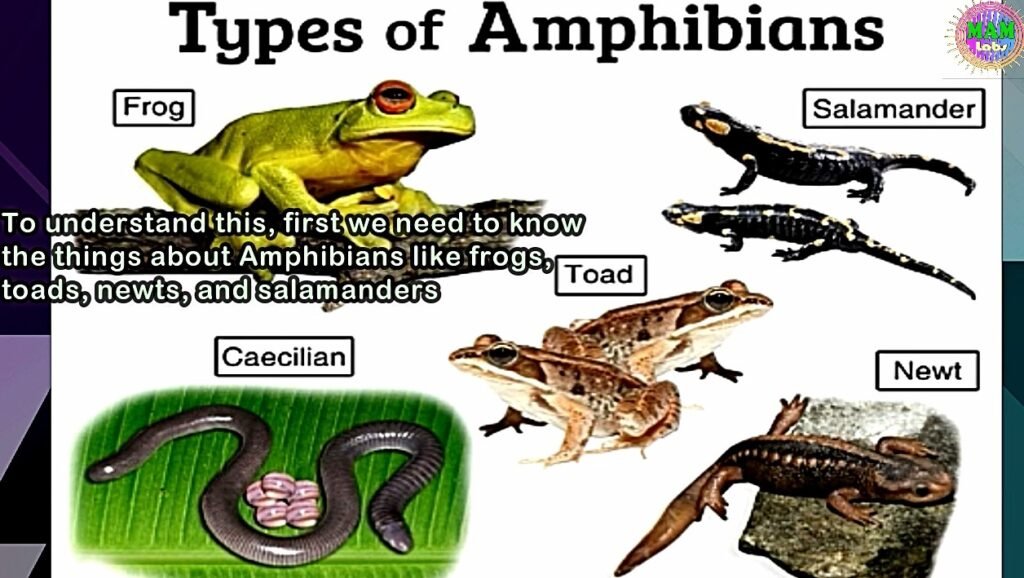Why? Young frogs/Tadpoles/have no legs/
Watch Videos in English and Telugu languages. Click the links below.
Young frogs are known as tadpoles (a fish-like form or organism).

They have a tail and external gills but no legs.
To understand this, first we have to undergo the things about Amphibians like frogs, toads, newts, and salamanders.
Amphibians are cold-blooded vertebrate. They can live either on land or water. But breed only in water.
There comes three orders under class Amphibia.

One is Anura. Frogs and toads come under this order.
The second is Urodela. Newts and salamanders make up this order.
The third order is Apoda. Caecilian are of this order. They legless and nearly blind.
The typical characters of amphibians are they have moist, scaleless, hairless skin; lungs. They are cold-blooded as said before.

Amphibian lungs are ventral outpocketings of the gut, though they lie dorsal to it.
Another most important feature is they undergo complete metamorphosis. They lay eggs in water. Then the metamorphosis starts from eggs through various stages of water-living larva such as tadpoles to froglet and to land-living adult frogs.

Typically these adult frogs and toads include a squat body with no tail; long, powerful hind legs; and large, often bulging, eyes.
In case of adult newts and salamanders, these features differ. They typically have a long body with a well-developed tail; and relatively short, equal-sized legs.
However, newts and salamanders show considerable variation; for example, in some species the adults have minute legs, external gills rather than lungs, and spend their entire lives in water.
Now let’s come to the main topic that why young frogs i.e. tadpoles have no legs that the reason is frogs undergo complete metamorphosis.
Eggs (also known as spawn) are laid in water.
And hatch into young tadpoles.

These tadpoles (the little frogs in water) have a tail and external gills but no legs.
As the tadpoles grow, the gills disappear, back legs develop, then front legs, and the tail shrinks. Eventually the tail disappears, resulting in a young adult frog. That’s it.
That is the complete process of metamorphosis of frogs.
